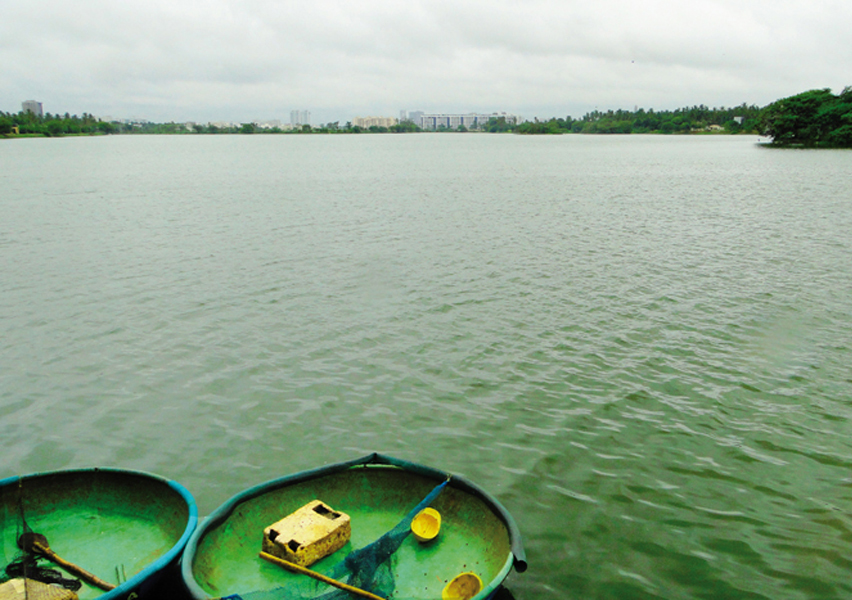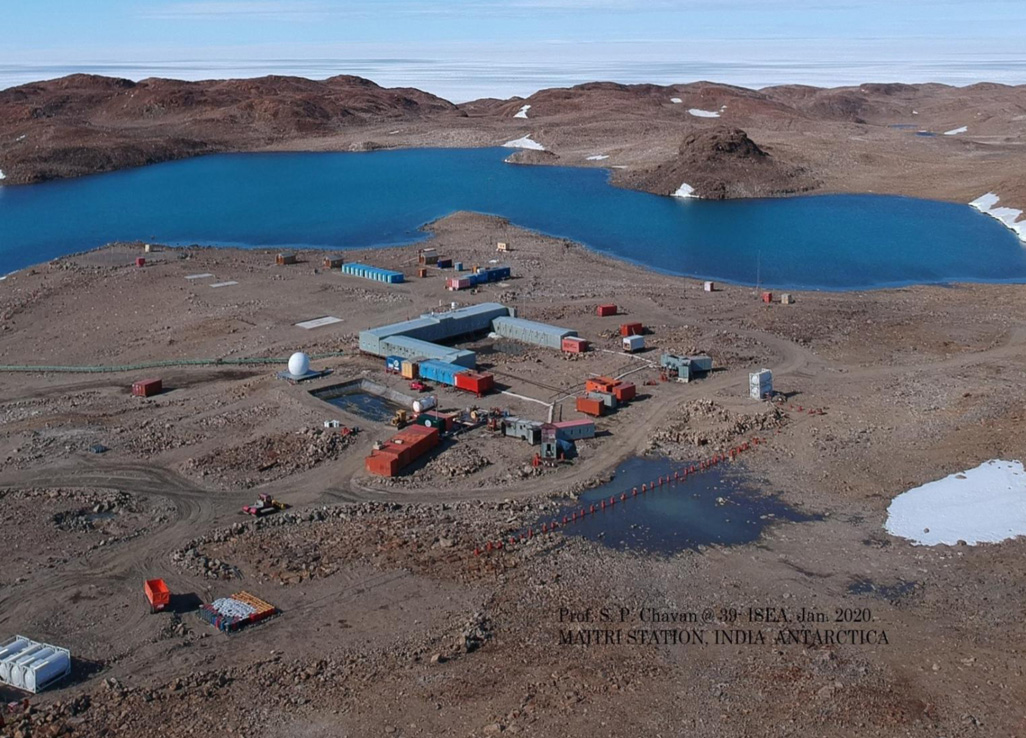Water and a City: Institutions, community and citizens at work in Bengaluru
Published: Aug 15, 2018
Published: Aug 15, 2018

Photo courtesy: S Vishwanath
Jakkur lake in Bengaluru has been rehabilitated using treated waste water and is now helping recharge groundwater.
Keep reading with one of these options :
